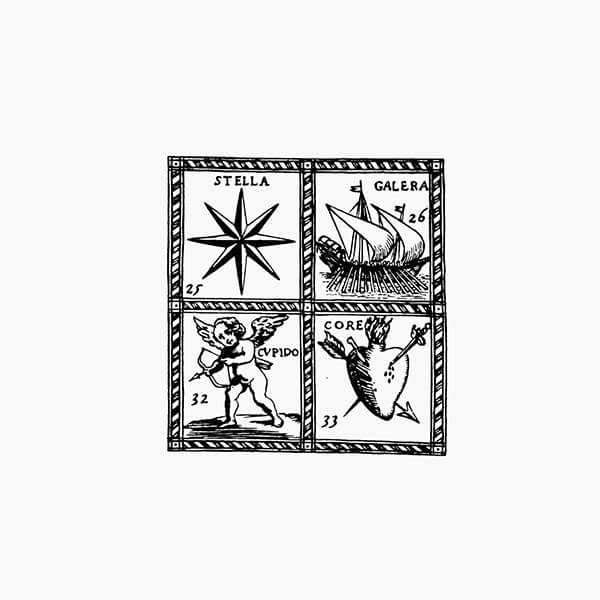
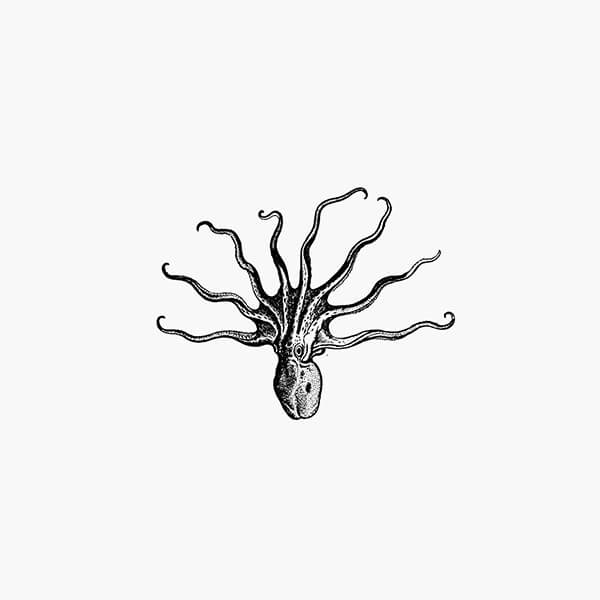
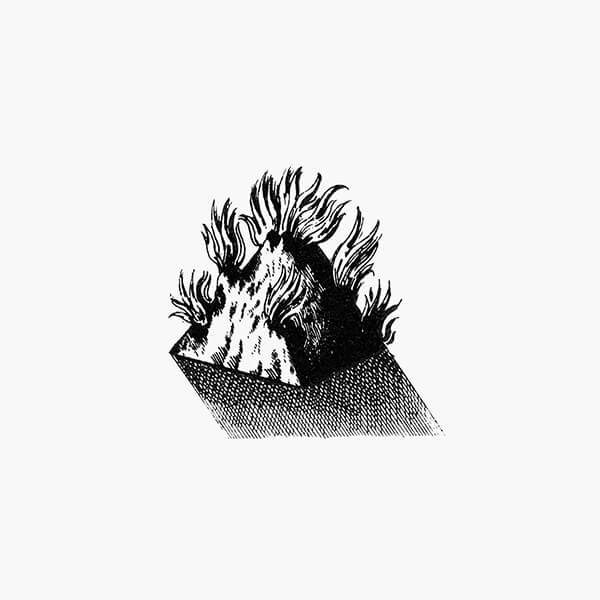
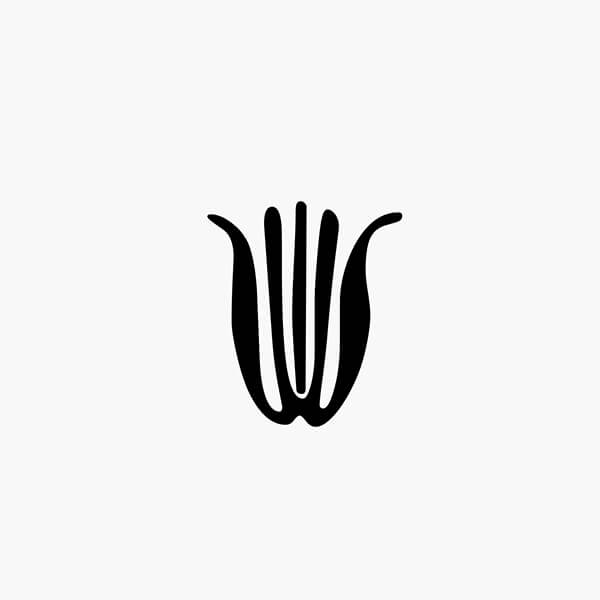
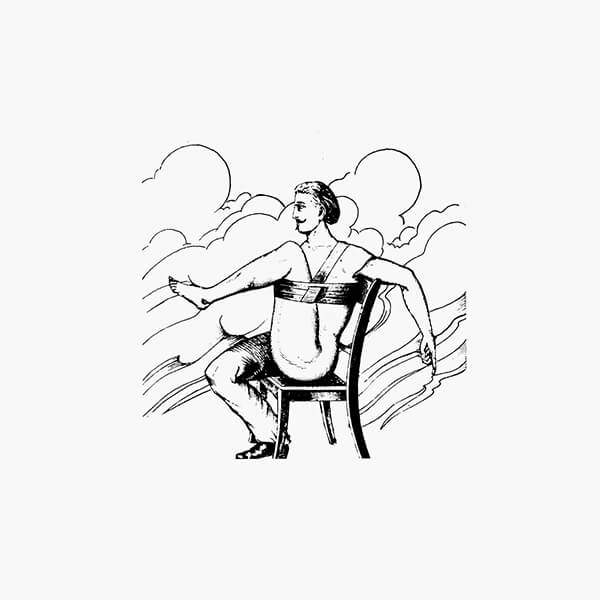
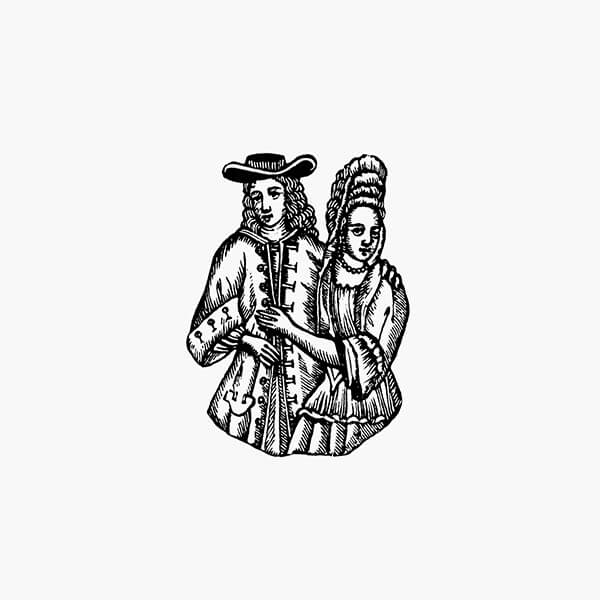
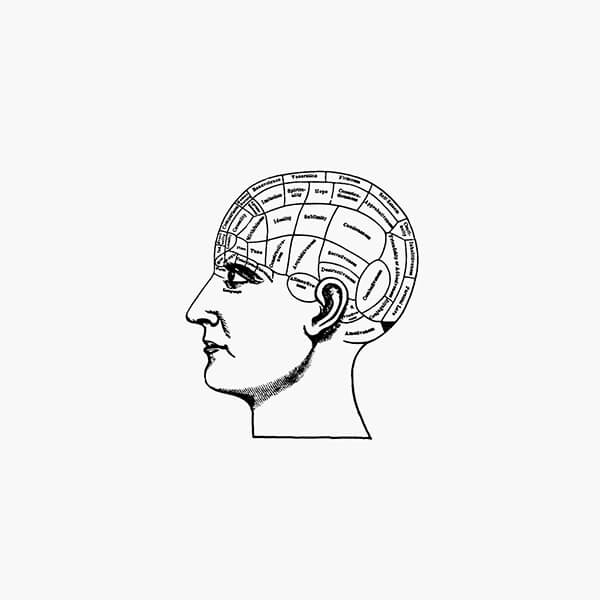
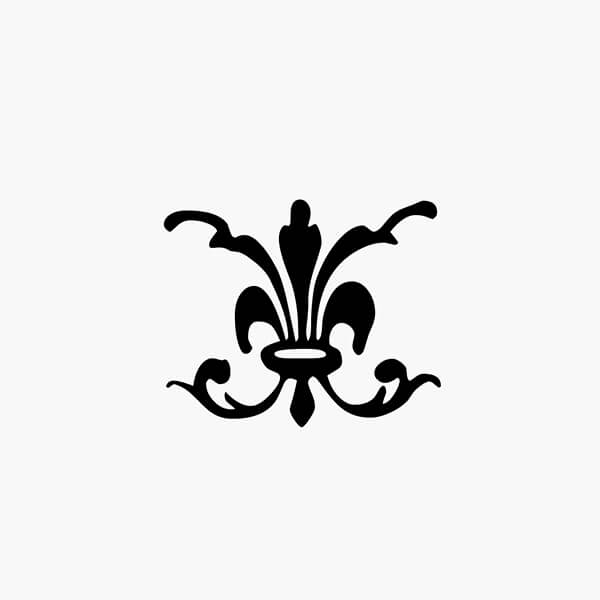


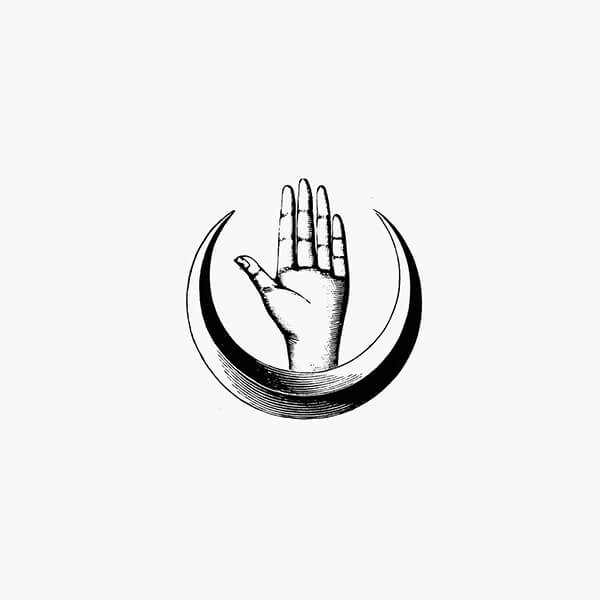


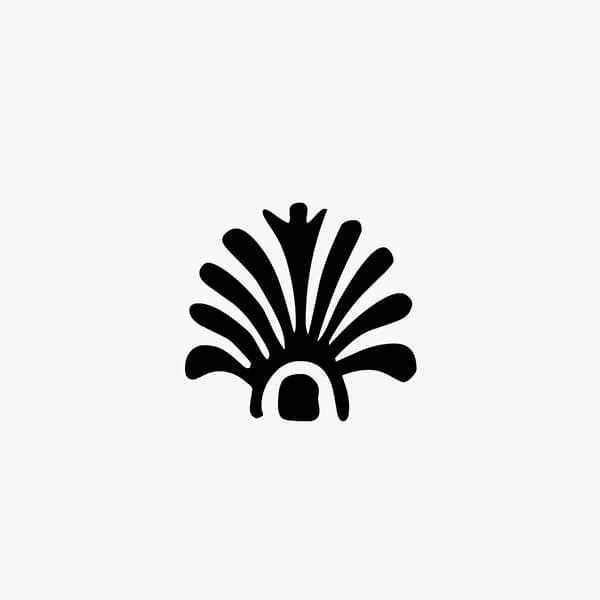







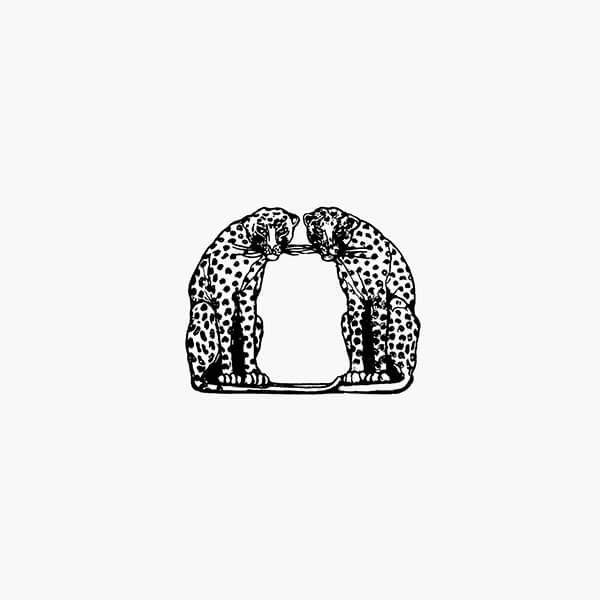




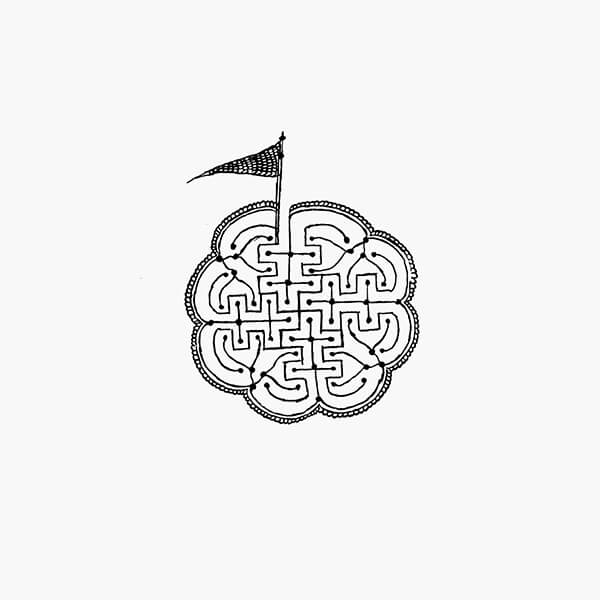

Library of Babel
10344 Il diavolo in amore
Jacques Cazotte. Edited and with an introduction by Jorge Luis Borges
1978 I ed. .
Language: Italian
Written in clear prose, this novel has a plot with a fantastic quality to it. The deliberately frivolous style plays with elements of terror but never to the point of alarming the reader.
Dividing history into centuries is perhaps no less arbitrary than dividing space and time into points, but these units become archetypes that help us imagine, each century offering us a coherent image. The admirable 18th century was the century of rebellion. Perhaps it is unnecessary to mention that it was also the century that inaugurated the extensive Romantic movement. The ambiguous nature of that age is reflected in Cazotte’s Devil in Love. Cazotte’s subject is not merely about the artifice of the Devil taking the form of a woman in order to gain control of Alvaro; the Devil, ensnared in his own game, falls in love with Alvaro, as if the fleeting masquerade had transformed his essence, to the point of transforming him into the true and passionate heroine of the novel. Nothing remains in Biondetta of the monstrous apparition that responds to Alvaro’s exorcism in the ruins of the Portici and asks him in Italian: Che vuoi? (What do you want?) The mask is the face; the satanic seductress is the seduced, and she will continue to be so, anxious and mournful, throughout the plot, studded with idyllic episodes.